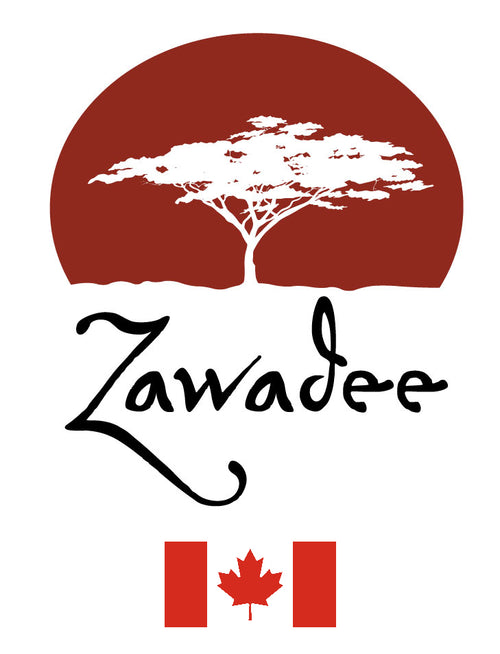Tuareg culture is rich in history and tradition. A semi-nomadic Berber people, the Tuareg inhabit a large area of the middle and western Sahara and travel throughout Algeria, Mali, Niger and as far as Libya, Morocco, Tunisia and Nigeria.
In fact, Tuareg people don't perceive the Sahara as one desert, but as many. They call the Sahara "Tinariwen" which means "the deserts". The Tuareg language is spoken by more than 1 million people.
Extraordinary silversmiths, the Tuareg produce some of the most unique
silver jewelry silver jewelry in the world.


Looking for gift ideas?
Looking for jewelry for a loved one?
Shopping for a unique piece of jewelry that will turn heads?
Well, look no further.
Zawadee Zawadee carries a large collection of
beautiful and elegant silver jewelry beautiful and elegant silver jewelry handcrafted by the Tuareg people. Check out our unique collection of eclectic silver necklaces, pendants, and earrings.


The Fascinating Life of the Tuareg People
The Tuareg are a fiercely independent people who maintain their Berber ways. They produce stunning jewelry in bold and simplistic designs - very geometric and symmetrical.
They believe that silver is the metal of the prophet and, in fact, Tuareg women often have a superstitious fear of gold and will not wear it. Silver is a part of every family history, as it holds both symbolic and real value and is used for barter and trading.
The Tuareg Cross is passed down from father to son at puberty. The cross represents the four corners of the world and it is believed, as no one knows where they will perish, it is important to be wearing the cross at the time of death. Rings pass between men and women as a sign of affection.
Often referred to as the “blue men of the desert”, they are regal in their indigo turbans and robes dyed from the ink of Mediterranean sea urchins. In our opinion, their artistry defines them - unique jewelry made from silver and often combined with other items collected along their travels, such as gemstones, rare woods and other fascinating materials.
 The Tuareg People in Pop Culture
The Tuareg People in Pop Culture
The Tuareg keep
popping up in pop culture!
-
In 2003, Volkswagen named their new SUV line the Touareg (a common alternative spelling).
-
The 2005 film Sahara features a group of Tuareg
-
Spanish author Alberto Vázquez-Figueroa's novel Tuareg (1980) sold more than 5,000,000 copies and was adapted into a 1984 movie starring Mark Harmon entitled Tuareg – The Desert Warrior
Much of the Tuareg peoples’ cultural and artistic identity and resourceful and inventive spirit is expressed in their jewelry, as well as leather and metal saddle decorations and swords. However, they have become known globally for their skill in jewelry making, primarily for their silver jewelry designs.
Necklaces worn by a Tuareg woman often depict her history and the story of her people, as well as her city of origin.
Each piece of Tuareg silver jewelry has special meaning. Each piece contains a message and historical symbols, which are passed down from generation to generation.
Showcasing the intricate use of design in their silversmithing techniques, our
Azel Collection Azel Collection will be sure to have that "must-have piece" to set off your fall and winter wardrobe. A wonderful choice as a holiday gift, or -
what the dickins - to please yourself!


Cover Photo: Source photo credit:
acquimat4 via
photopin cc








